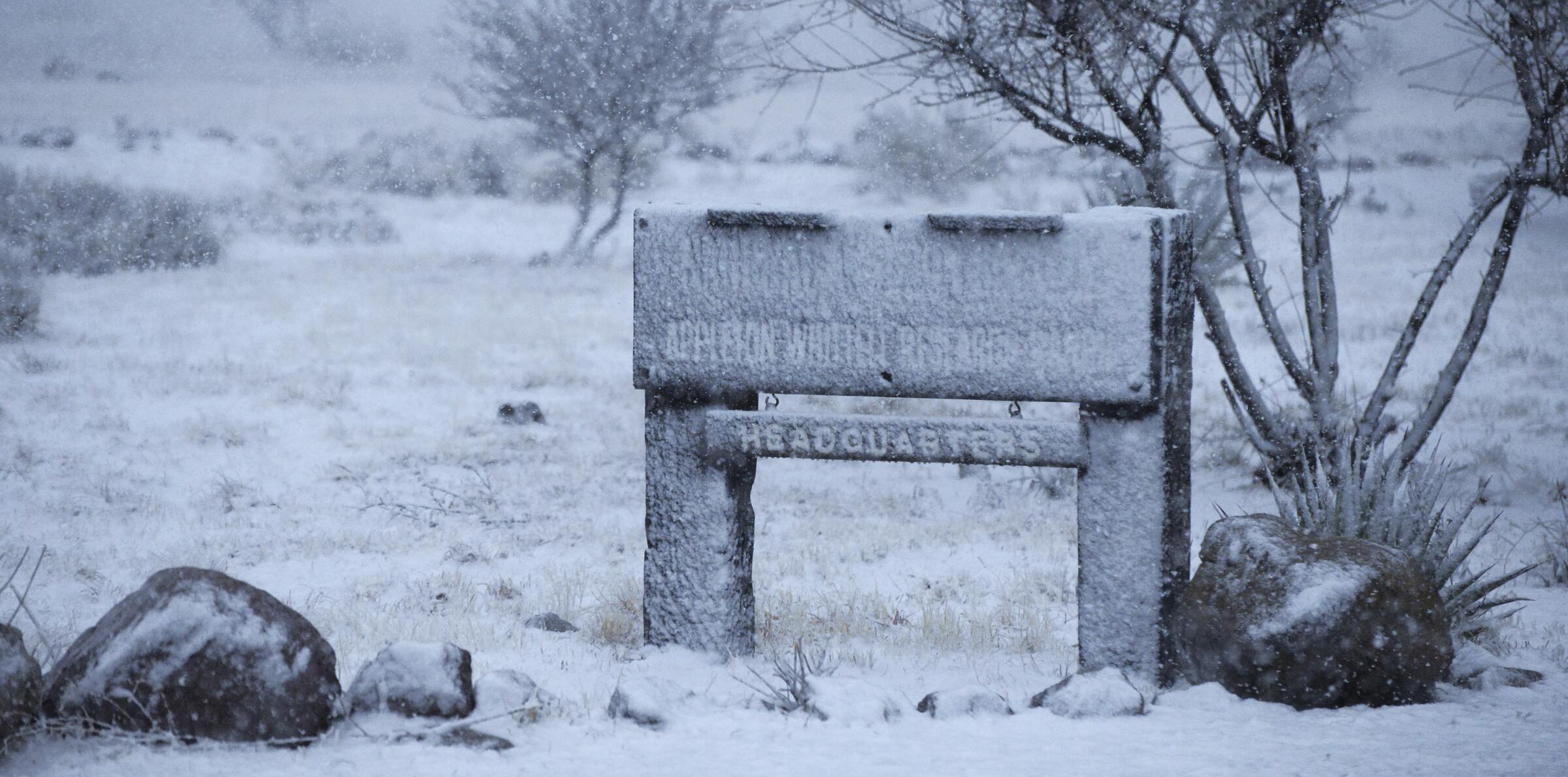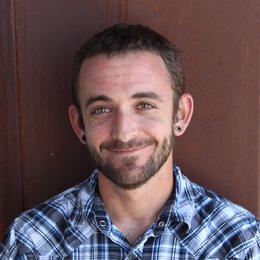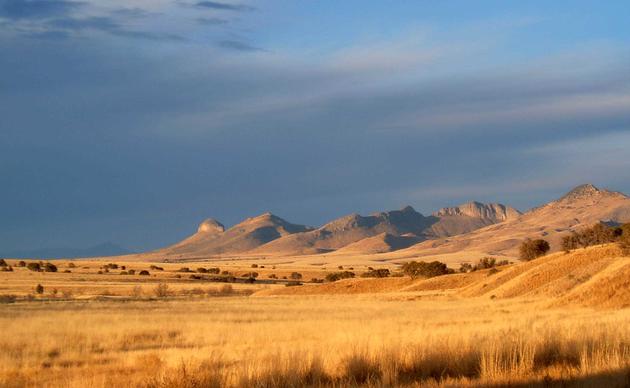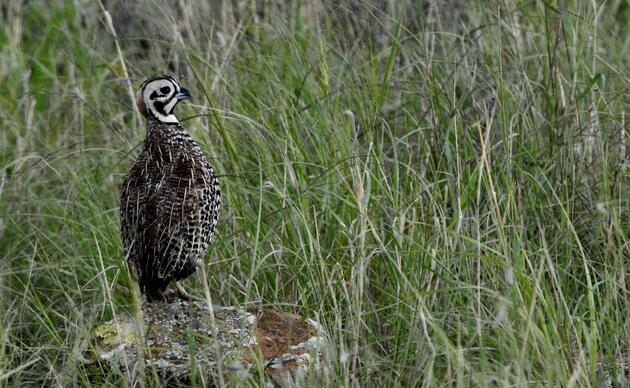Grassland birds are tricky to survey even for the most experienced among us. They have subtle plumage and a habit of hunkering invisibly deep within dense bunchgrasses, and the group includes a diversity of frustratingly similar sparrows. Things get even more challenging in the winter when these birds are at their drabbest and least vocal. However, it takes more than a silent Botteri’s Sparrow or a vanishing Horned Lark to scare off our intrepid Research Ranch volunteers, and they were happy to hit the field this month to contribute data to the 18th Annual Appleton-Whittell Christmas Bird Count.
The 2023-2024 season was the 124th Christmas Bird Count (CBC), making the Appleton-Whitell Research Ranch's CBC relatively young. Despite its youthfulness, the count is already beginning to yield interesting data that shed light on what’s happening in Southeast Arizona’s grasslands and shows where we need to focus our conservation efforts in the years ahead. With yet another successful season of community science behind us, it’s time to curl up with your favorite toasty beverage and listen to what the birds are saying.
The numbers are complicated
Volunteers recorded 3,742 individual birds this year and spotted 91 species ranging from the formidable Golden Eagle to the diminutive Botteri’s Sparrow. To those familiar with the count, these results are concerning at first glance. The total number of birds falls well below the count’s 18-year average of 4,770, and the species count is the count’s all-time low. However, the total is well above the count’s record low of 2,726 set in 2015, and the species count is just three shy of the count’s previous low of 94 set in both 2009 and 2017. The total number of birds observed can be influenced by anything from volunteer efforts to weather, and the total number of species can be fickle when working with such small numbers (this year’s singular Brown Creeper could’ve easily been missed!). To unearth a more complete story, we must dig into the results for individual species and groups of birds.
Drought is a driver
Most obviously missing from this year’s count were the ducks and other waterbirds. Only four of the 14 ducks historically recorded on the count were recorded this year, and the herons, egrets, sandpipers, and marshbirds were sorely missed. In contrast, desert birds like Gambel’s Quail, Cactus Wren, and Black-throated Sparrow continue to be on the rise. While these trends could be the result of local land-use changes like a retired cattle pond or newly planted desert landscaping, it’s likely that ongoing drought, continuing desertification, and a shifting climate are the driving influences. Sign up here to take action alongside Audubon as we work to secure a sustainable water future for the Southwest and mitigate the impact of climate change on birds and people.
Common birds seem less common
It’s the regional specialties like Pyrrhuloxia and Arizona Woodpecker that sell the count, but it’s the common birds that show up in great numbers that round out a day in the field. It’s mostly sparrows that play this role during the Appleton-Whittell CBC, forming large, mixed winter flocks that are as challenging as they are delightful. These flocks were smaller this year with only three Brewer’s and sixteen Savannah Sparrows (their historic highs are 220 and 331 birds, respectively). A single survey’s data do not ring any alarm bells on their own, but it’s a reminder that, while imperiled species may garner most of our attention, we mustn’t lose sight of our common birds. To learn how you can help your neighborhood regulars, check out our Bird-Friendly Communities initiative.
Priority birds are persisting
The Appleton-Whittell Research Ranch is designated as an Important Bird Area (IBA) for five species – Chihuahuan Meadowlark and Grasshopper, Botteri’s, Cassin’s, and Rufous-winged Sparrows. The IBA and the surrounding area also support a suite of other priority birds like American Kestrel, Montezuma Quail, and Loggerhead Shrike. Each made this year’s list in expectedly high numbers, and their continued presence underlines the importance of protecting places like the Research Ranch.
While there are still mysteries to unravel, community science efforts like the Christmas Bird Count help inform how we can best take action to protect birds and the places they need. Efforts like these depend upon birders willing to donate their time and talent, and as such among the most important metrics from any count is the amount of volunteer labor contributed to make it happen. This year, 43 volunteers contributed over 100 hours to the Appleton-Whittell CBC and we thank each of them for braving the cold temperatures, blustering winds, and rugged terrain.
Rest up, because we’ll be calling on you to help next year!
For information about participating in next year’s count, email researchranch@audubon.org.






















